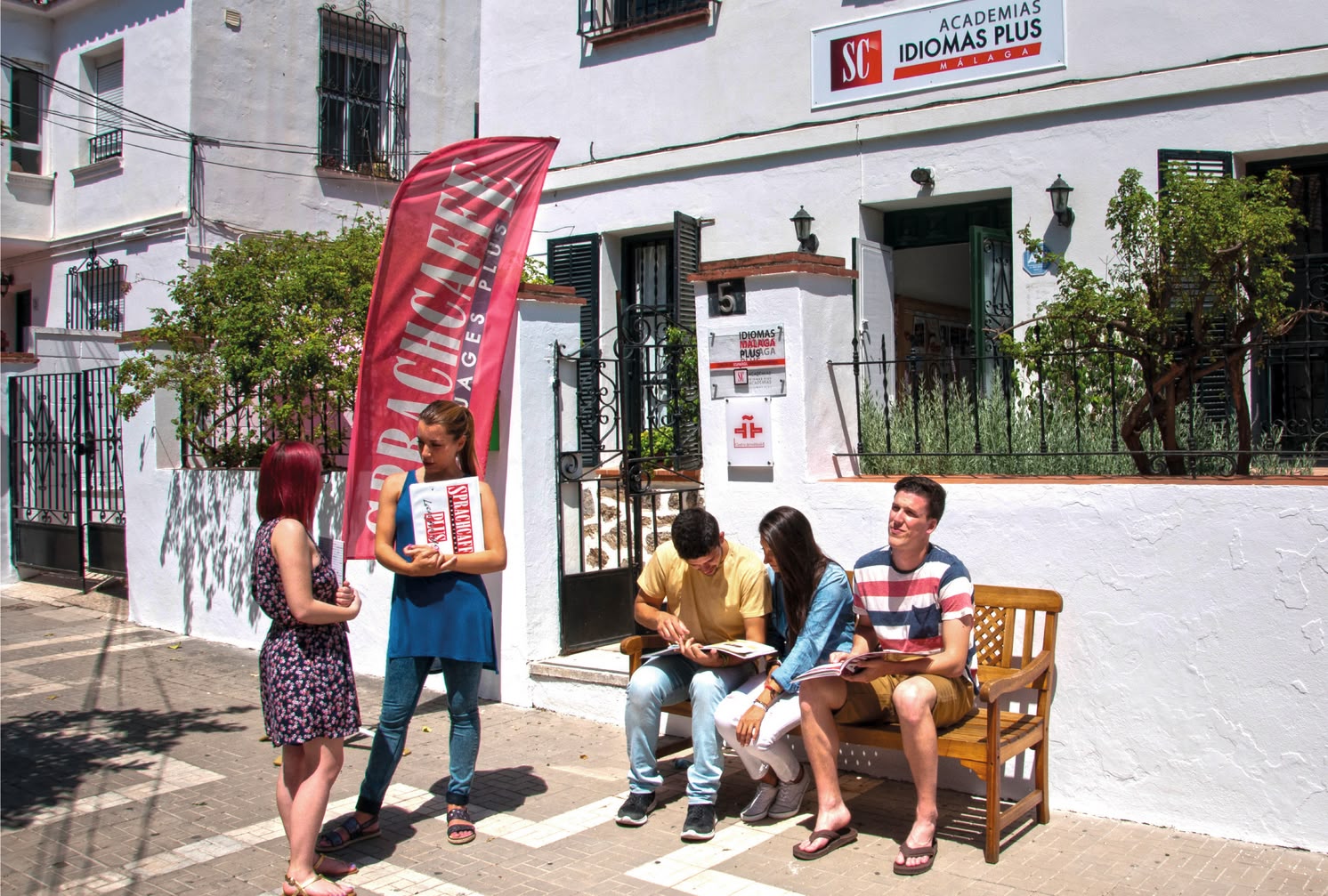
Language travel in Spanish
Take a language trip to Spain or Cuba with Sprachcaffe.
More information »The near future in Spanish, also known as futuro con "ir a", is a verb form used to talk about events or actions that are about to happen, that is, that are on the immediate horizon. This structure is formed using the verb "ir" conjugated in the present tense, followed by the preposition "a" and the verb in its infinitive form.
The Spanish near future, also known as futuro con "ir a", is a verb structure used to communicate events or actions that are about to happen in an immediate time horizon. This verb form provides an effective way to signal actions that are in the process of being planned or that are expected with high probability in the near future. Through this construction, speakers can accurately and concisely convey the idea of events that are in the imminence of taking place.
This verb form offers a linguistic advantage by allowing speakers to reflect both intentions and plans as well as probable situations in a concise and precise manner. Unlike the simple future, which focuses on general, future events without specifying temporal immediacy, the near future is notable for its temporal closeness. Therefore, it is ideal for describing activities that are about to be carried out or that have been organized in the short term.
The structure of the near future consists of two fundamental elements: the verb "ir" conjugated in the present tense and the infinitive verb, preceded by the preposition "a". The conjugation of the verb "ir" varies according to the grammatical person, and the infinitive verb remains in its basic form without any modification. By combining these elements, we create a construction that captures the essence of temporal proximity and allows us to express actions that are on the verge of happening.
| Personal pronoun | Verb "ir" | a | All infinitive verbs |
|---|---|---|---|
| Yo | voy | a | comer |
| Tú | vas | a | dormir |
| Él / Ella / Usted | va | a | conducir |
| Nosotros / Nosotras | vamos | a | trabajar |
| Vosotros / Vosotras | vais | a | caminar |
| Ellos / Ellas / Ustedes | van | a | estudiar |
How does a language vacation in Malaga, Madrid, Barcelona or Havana sound? All these dream destinations with a Spanish language package is the perfect combination to enjoy your longed-for vacation.
The near future is used when you want to express an action that is planned or likely to happen in the near future. Unlike the simple future, which is more general and not necessarily imminent, the near future focuses on events that are about to occur. Some common cases in which the near future is used are:
The use of the near future is broad and versatile. It can be applied in a variety of contexts, from everyday events to forecasts based on current information. The structure is particularly valuable when one wishes to emphasize the temporal imminence of an action, whether it is a planned activity, a prediction based on current events, or the mention of an action that will occur almost immediately.
In short, the near future in Spanish is a linguistic tool that allows speakers to accurately and effectively communicate events and actions that are about to happen in a near time horizon. The combination of the verb "ir" in the present tense and the infinitive verb with the preposition "a" facilitates the expression of intentions, predictions and plans that are in the process of being realized. This construction is an essential piece in the richness and flexibility of the Spanish language to convey the notion of time and probability in everyday speech.

Take a language trip to Spain or Cuba with Sprachcaffe.
More information »
Learn Spanish from the comfort of your home with an online course.
More information »